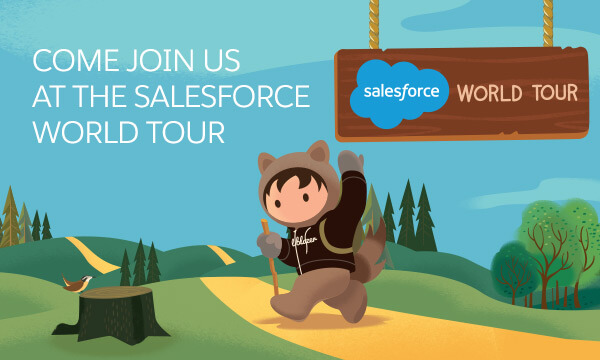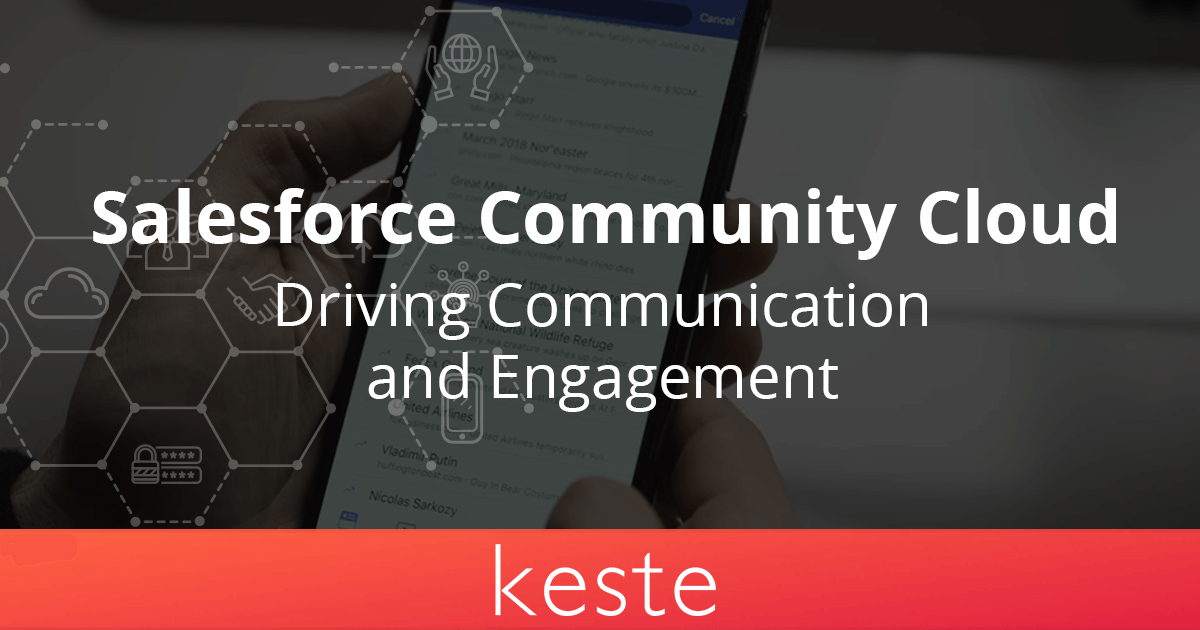Amazon’s share of ecommerce sales reached 44% in the US in 2017, representing 4% of total retail sales, according to One Click Retail. With massive scale and over 100 million Amazon Prime members, only 11% of online retailers can match its delivery SLAs, according to a recent study by Pulse Commerce. It’s hard to keep up. And, it’s expensive.
Despite Amazon’s scale, their shipping and fulfillment costs as a percentage of net sales have increased every year since 2009. In 2017, fulfillment (14%) and shipping (12%) represented 26% of net sales (Source: Amazon Annual Report). If one of the most efficient companies on the planet is having trouble holding post-sales support costs in check, what does that mean for the rest of us?
How can merchants with online and offline operations compete? The savviest are using the one thing Amazon doesn’t have yet – stores (not including Whole Foods and the Amazon Go pilot) – to compete.
The most advanced are bringing together online and offline capabilities to serve customers how, when, and where they want. They’re also using advanced analytics to make the buyer journey more personalized, including personalized offers across multiple channels. And they are creating seamless post-sales support and service experiences across various contact channels.
We refer to this approach as omnichannel commerce. We subscribe to Salesforce’s definition of omnichannel: “a cross-channel business model designed to optimize the customer experience – whether customers are on desktop computers, mobile devices, conventional advertising channels, or inside actual brick-and-mortar retail establishments. These merchants have integrated their commerce and communications to deliver a seamless customer experience, from shopping through post-sales support.”
Omnichannel Shopping – A seamless online-to-offline experience
Today’s consumers often shop across multiple channels before making a purchase. Smart retailers are staying alongside those shoppers at every step possible, with consistent experiences across media (store, mobile device, tablet, computer, call center, and catalog). It doesn’t end there since shoppers are doing much of their research on properties outside retailers’ control. For example, shoppers seek advice on social media, find inspiration on Pinterest, or compare ratings (including on Amazon for non-Amazon purchases). Even when planning a trip to the store to make a purchase, some shoppers will only go if they have checked online first to ensure the item is in stock.
Retailers are enabling these capabilities with cloud-based solutions that level the playing field and bring big box capabilities to mid-market merchants. The common thread running through these solutions is the capture and distribution of a unified view of commerce across numerous dimensions.
- A single source of product and pricing information ensures shoppers will find the same product information whether on a tablet, in store or when using a desktop computer.
- Holistic and centralized views of inventory across channels provides REI online shoppers with information about the closest store with a particular item in stock.
- With one repository containing all customer interactions, Crate and Barrel’s wedding registry stays up-to-date as a couple shops online, in store, and on their mobile device. Solutions such as Salesforce Commerce Cloud can even incorporate social media interactions into a single view of the customer.
- A comprehensive view of inventory across stores (e., one back-end commerce and product information management solution connecting to store inventory, order management, and POS systems) and warehouses enables shoppers to find consistent messaging, regardless of the shopping channel.
Seamless shopping across channels is just one piece of the larger omnichannel commerce puzzle.
Omnichannel Fulfillment – Use stores to create new advantages
In the “old days,” there was only one option for online purchases – delivery. With a single view of orders and inventory across all stores and warehouses, retailers have options that can increase customer satisfaction, increase overall sales, and cut costs.
Shoppers can buy online and pick up in store (BOPIS / Click & Collect) when the need for instant gratification arises. The retailer and the consumer save on shipping, and the retailer wins, typically adding 20% to the order size while the shopper is picking an item up. They can also buy online and return to a store.
Retailers can Ship from Store instead of a warehouse for online orders. For example, GameStop tripled its available inventory for online purchases by shipping from stores. Profits were the big winner, increasing online sales and lowering working capital requirements by increasing inventory turns and reducing overstock. They can also deliver faster and with lower shipping costs by choosing to deliver from the location closest to the consumer. It’s a win-win.
Omnichannel Post-Sales Support
In our May 4 post, Salesforce and 3 Clouds: Sales, Service and Community, we highlighted the importance of delivering personalized customer service and support, while providing customers the ability to resolve issues 24/7. The key is to maintain a single, persistent record of all customer interactions – from pre-sale, to purchase, to post-sale – regardless of the purchase channel.
With a holistic view, a customer can call the contact center for assistance with their product, and the CSR can determine the exact product model that was purchased, and therefore give the right advice to resolve the issue. Or, post-sales marketing emails can focus on the right upsell and cross-sell opportunities. E.g., special offers on camping-related gear for someone who purchased a tent. Or more baseball gear for someone who bought a glove.
We’ve only scratched the surface on the myriad of ways that resourceful retailers are using their stores to their advantage. Each of the areas we’ve highlighted is a significant endeavor that requires cutting-edge software and data solutions as well as flawless execution. Keste partners with retailers to deliver Salesforce Solutions that bring Omnichannel Commerce to life.
Stay tuned, as we dive deeper into the world of Omnichannel Commerce, and the innovators who are keeping pace with Amazon and Jet.
Get in touch today to learn more about how Keste helps you to realize the full promise of your technology by providing sophisticated digital solutions for your complex business problems.









